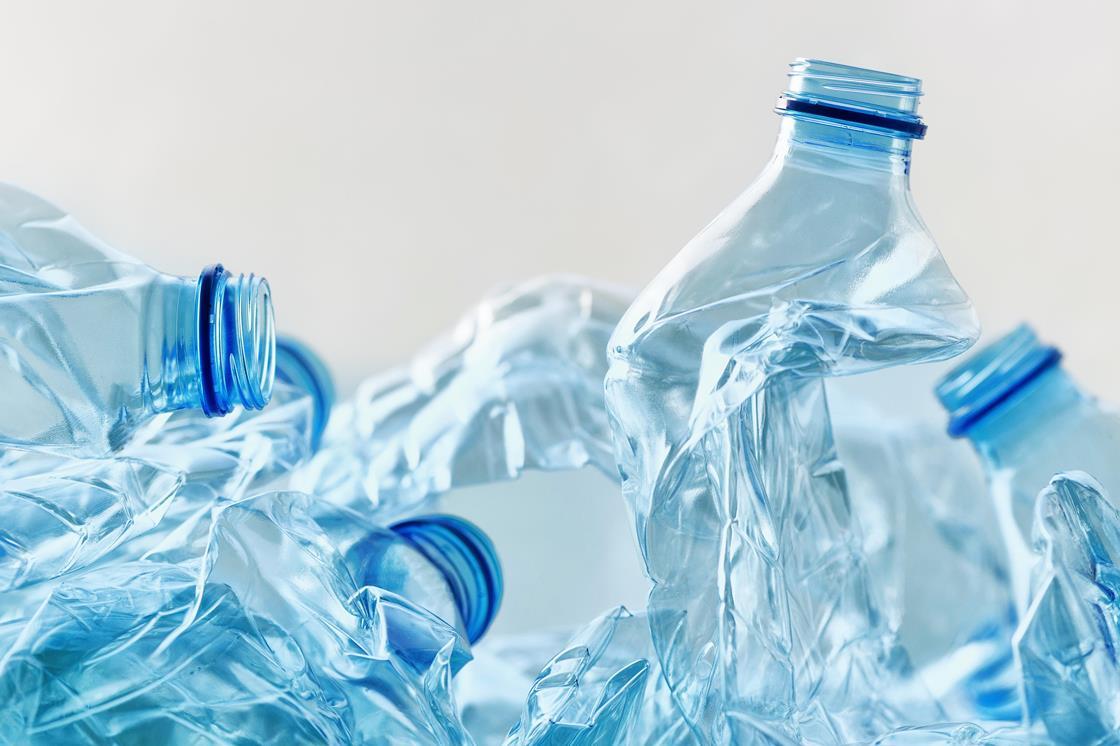Chemistry of Plastics: From Polymerization to Recycling
Plastics are everywhere—from the packaging that keeps our food fresh to the car parts that keep us safe on the road. But have you ever wondered about the chemistry of plastics? How are they made, and what happens to them when we’re done using them? This article explains the fascinating world of plastics, exploring their chemistry, the process of polymerization, and the critical importance of recycling.
Understanding the Basics of Plastics
Before diving into the intricacies of the chemistry of plastics, let’s break down what plastics are. At their core, plastics are polymers. Polymers are large molecules composed of repeating structural units known as monomers. These monomers are linked together through covalent bonds to create extended chains. The properties of the final plastic product depend on the type of monomer used, the polymerization process, and the structure of the polymer chain.
The Role of Monomers
Monomers are the building blocks of plastics. They come in various forms, each contributing unique characteristics to the final plastic. For example, ethylene and propylene are two common monomers used to produce polyethylene and polypropylene, respectively. Polyethylene, known for its flexibility and strength, is widely used in packaging materials and plastic bags. Polypropylene, on the other hand, is often used in automotive parts and reusable containers due to its high resistance to heat and chemicals.
The Polymerization Process – Chemistry of Plastics
The chemistry of plastics involves several methods of polymerization, the process of creating polymers from monomers. Polymerization typically occurs through two key processes: addition polymerization and condensation polymerization.
Addition Polymerization
In addition polymerization, monomers with double bonds react to form long polymer chains. A classic example is the transformation of ethylene into polyethylene through polymerization. Here’s a simple breakdown:
- Initiation: A chemical initiator breaks the double bonds in ethylene molecules.
- Propagation: The broken bonds allow the ethylene molecules to link together, forming a chain.
- Termination: The chain reaction ends when two growing chains meet or a terminating agent is added.
This process is used to create various plastics like polystyrene (used in disposable cutlery) and polyvinyl chloride (PVC, used in pipes and vinyl flooring).
Condensation Polymerization
Condensation polymerization involves the reaction of monomers that have two or more reactive groups. During this reaction, molecules join together, releasing a small molecule, such as water, as a byproduct. An example is the production of nylon, which involves the reaction of diamines and dicarboxylic acids. The process results in the formation of long chains with repeating units and releases water.
The Chemistry Behind Plastic Properties (Chemistry of Plastics)
The properties of plastics, such as their strength, flexibility, and durability, are influenced by their chemical structure. Let’s look at a couple of key factors:
Chain Length and Branching
The length of the polymer chain and the degree of branching affect the physical properties of the plastic. Longer chains typically result in stronger and more rigid plastics. For instance, high-density polyethylene (HDPE) has long, unbranched chains, making it rigid and strong, ideal for items like milk jugs and piping. In contrast, low-density polyethylene (LDPE) has a highly branched structure, which makes it more flexible and used for products like plastic bags and cling film.
Cross-Linking
Cross-linking refers to the chemical bonds that link polymer chains together. This process can enhance the material’s strength and stability. For example, vulcanization is a cross-linking process used in rubber manufacturing. By adding sulfur to the rubber, cross-links are formed between the polymer chains, resulting in a more durable and elastic material.
Recycling Plastics: An Environmental Necessity
With the widespread use of plastics, recycling has become a critical part of managing their environmental impact. Understanding the chemistry of plastics helps in developing effective recycling methods and reducing waste.
Types of Plastic Recycling
Plastic recycling typically involves two main processes: mechanical recycling and chemical recycling.
Mechanical Recycling
Mechanical recycling involves physically breaking down used plastics into small pellets or flakes, which are then melted and reformed into new products. This process is suitable for plastics like polyethylene and polypropylene. For example, recycled PET (rPET) from used bottles can be processed into new bottles or even fibers for clothing. However, mechanical recycling can degrade the quality of plastics over time, limiting the number of times they can be recycled.
Chemical Recycling – Chemistry of Plastics
Chemical recycling, also known as feedstock recycling, involves breaking down plastics into their chemical components, which can then be used to produce new plastics. This method can handle mixed or contaminated plastics and can potentially be used repeatedly without degrading the quality. For example, the chemical recycling of PET can produce its original monomers, which can be repolymerized into high-quality PET.
Challenges and Innovations
Recycling plastics faces several challenges, such as contamination, sorting difficulties, and the high cost of processing. However, ongoing innovations are addressing these issues. For instance, researchers are developing advanced sorting technologies using artificial intelligence to improve the efficiency of recycling systems. Additionally, the development of biodegradable plastics and improved recycling methods holds promise for reducing plastic waste and its environmental impact.
The chemistry of plastics is a complex and fascinating field that touches on many aspects of our daily lives. From the polymerization process that creates different types of plastics to the innovative recycling methods that help manage plastic waste, understanding this chemistry is crucial for making informed decisions about plastic use and disposal.
By delving into the chemistry of plastics, we gain insight into how these materials are made, how they behave, and how we can improve their lifecycle. As we continue to develop new technologies and methods, we can work towards a more sustainable future with plastics that are both functional and environmentally friendly.
Whether you’re a scientist, a student, or simply a curious individual, exploring the chemistry of plastics reveals the incredible science behind these ubiquitous materials and highlights the importance of responsible use and recycling.



